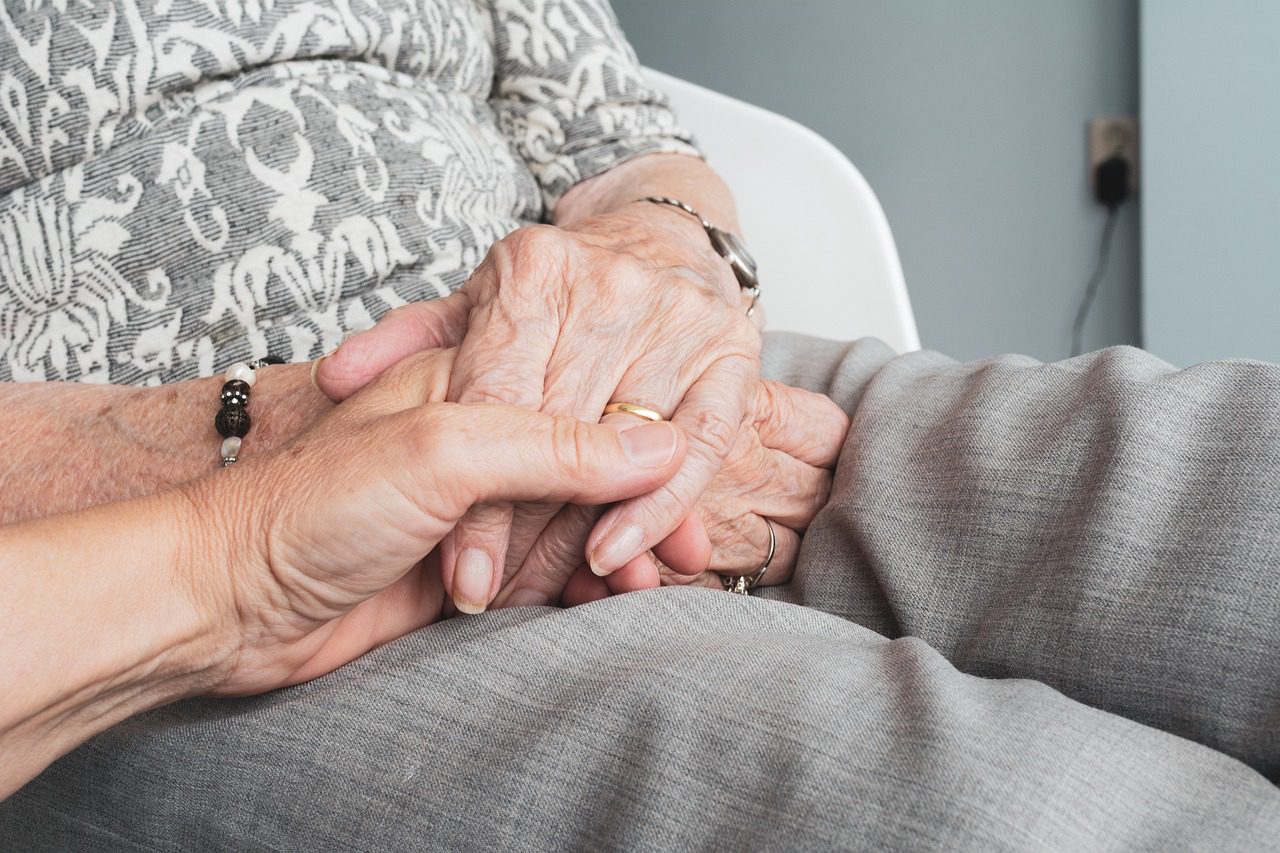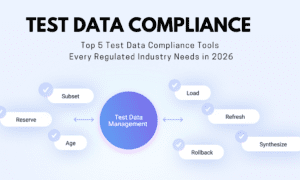Technology breakthroughs are driving a huge transition in the senior living sector. In order to improve the level of care and general wellbeing of their inhabitants, senior living communities must embrace technology as the world becomes more connected. Here is why implementing technology for the expansion of senior care and assisted living communities’ companies is increasingly essential.
Quality of Care:
The Technology has the power to completely transform how care is provided in senior living facilities. Medical experts may now access residents’ medical histories and conduct remote consultations because to the development of electronic health records (EHRs) and telemedicine, which eliminates the need for in-person visits and guarantees, prompt response. In order to provide preventative care and swift assistance in an emergency, wearable electronics and sensors can assess activity levels, identify falls, and keep an eye on vital signs. These medical advancements not only raise the bar of care but also provide comfort to patients and their families.
Social Engagement:
Age should never be a hindrance to freedom or social interaction said Farhan, Director of technology at assisted living marketing agency. He further added that by allowing seniors to communicate with loved ones via video calls, social networking sites, and online groups, technology may empower seniors. By offering training and support senior citizens that know how to use computers, tablets, and mobile phones you can help them connect with their loved ones through the mean of technology. Additionally, smart home technologies like voice assistants, automatic lighting, and thermostats can make everyday duties simpler and provide a comfortable living space, encouraging independence and improving residents’ general well-being.
Operational Efficiency:
Technology can be used to streamline business operations in the assisted living sector, increasing productivity and lowering costs. For instance, cutting down on human errors and freeing up personnel to concentrate on resident care, sophisticated software solutions can automate administrative activities like billing, scheduling, and resident management. Also IoT-enabled devices may also track energy usage and optimize resource distribution, which lowers utility bills. Senior living facilities can better manage their finances and provide for their residents by embracing technology.
Safety Security:
Senior living communities place a high priority on safety. In order to guarantee inhabitants’ safety and well-being, technology is essential. Access control, emergency call, and video surveillance systems all contribute to a safe atmosphere and quick reaction to any threats. Additionally, GPS-enabled wearable can be used to track residents’ whereabouts, reducing straying, and ensuring their safety. By combining machine learning and artificial intelligence, it is possible to identify trends and anomalies that can help with early intervention and preventative measures.
Data-Driven Decision Making:
In the senior living sector, technology creates enormous volumes of data that can be used to influence decisions. Senior living facilities can create personalized care plans and make proactive adjustments to improve outcomes by analyzing data on resident health, preferences, and trends. Senior living companies are also able to optimize workforce levels, pinpoint problem areas, and improve the overall operational efficiency of their facilities thanks to data-driven insights.
Summarizing it
The senior living sector has a lot to gain by using technology. Technology has the ability to completely change elder life, from raising the standard of care and encouraging independence to enhancing operational effectiveness and assuring safety. Senior living communities may give older folks a loving and interesting environment by embracing innovation and utilizing technological breakthroughs, thereby raising their quality of life. The industry must transform and grab the chances that technology presents in order to keep up with the changing demands and expectations of the ageing population.



































